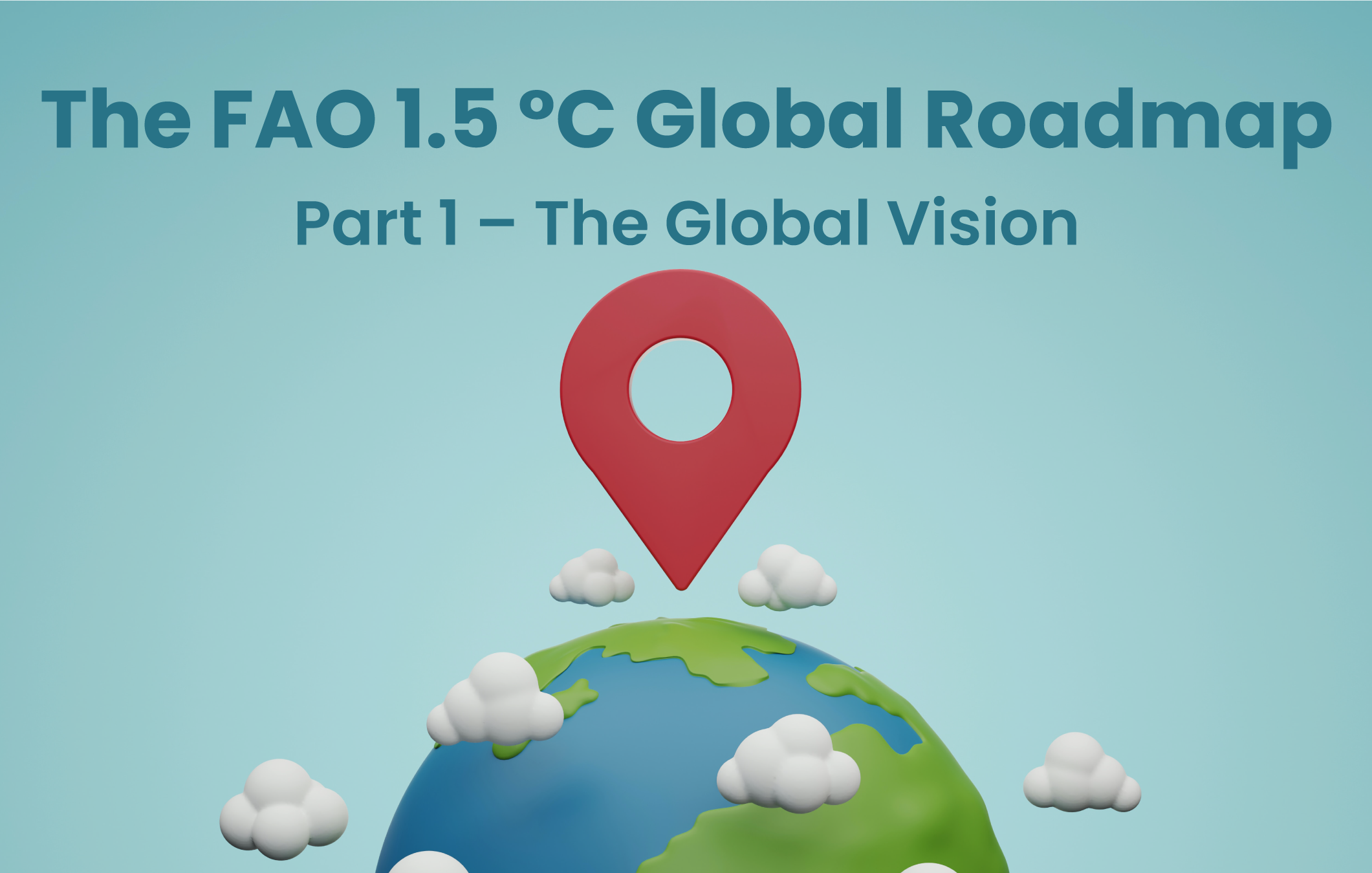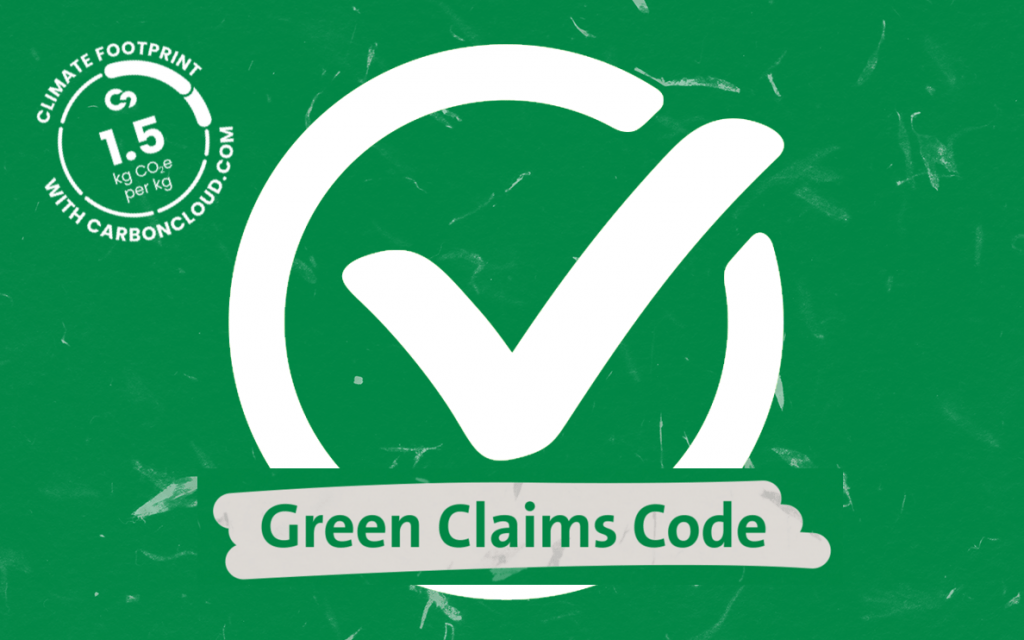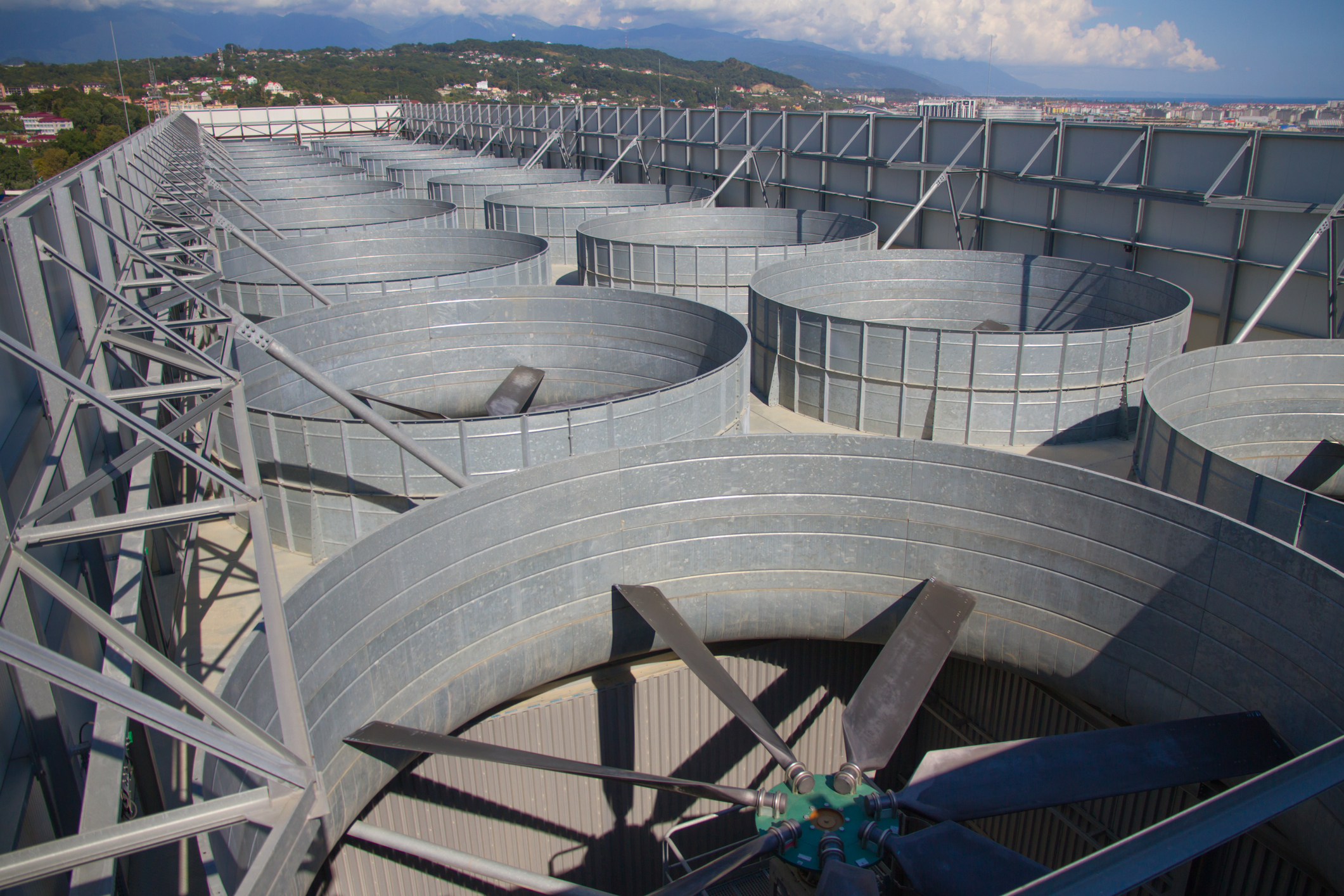How to assess the quality of a carbon offset
Carbon offsets are created in a space of uncertainty and nuances. Historically, these shades of gray can sway either way to create attractive, marketable commodities. Far too frequently it has the opposite result: It provides a clutch for naysayers, scrutiny and investigation – by the media, by citizens, and more importantly, by buyers. A carbon offset project that is transparent about what it provides should be able to fully answer basic questions that help the most casual of buyers determine its quality. So what are these questions and what are the criteria for a high-quality carbon offset credit? Let’s shed some light.
Carbon offset quality criteria
When assessing the quality of the offsetting credits you buy, you are essentially assessing the effectiveness of what you buy. Given the lack of standardization, transparency and central regulation on carbon credits, the due diligence process is extensive and unfortunately falls on the buyer. Throughout the 6 following criteria you should investigate, the type of project is a determining factor in assessing its quality.
- There are different types of offset projects?
- Yes, but fear not! We got them covered here
As covered in the article above, evaluating carbon offsets is not as simple as asking a yes or no question. As a result, every offsetting project is itself described in a spectrum of quality and binary claims should raise integrity questions. The quality is determined by 6 main criteria and each criterion is evaluated on a spectrum of confidence.
- Additionality
- Overestimation
- Permanence
- Exclusivity
- Leakage
- Social & environmental harm
➕ Additionality
Additionality is a heavily weighted criterion in determining the quality of an offset credit. An additional project means that the project would not have been created if it wasn’t for the purpose of removing or reducing emissions. In other words, would the project have happened anyway, due to e.g. other financial incentives or legal mandates?
An example please?
The incentive for creating a solar farm may primarily be financial, i.e. a cheaper investment and emissions reductions are a fortunate and much-needed by-product. The atmosphere may rejoice for the emissions reductions but the project would have been built anyway. This hinders a company from representatively claiming the reductions.
The financial aspect is one to look at with more detail as it can be illuminating in determining the additionality of an offset credit. When a project is financially sustainable, i.e. covers its own costs without the revenue from the offsetting market, then it is less likely that it is additional.
Who determines how additional a project is? The project manager during the process of creating the project. However, there is a conflict of interest there – if a project manager determines that the project is not additional -or sufficiently additional- then their project is out of the offset market.
Get the full offsetting crash course
The story you are reading is part of a four step crash course in offsetting for food companies. Sign up below to get the other three parts!
🧮 Not overestimated
Overestimation may be quite self-evident in the perfectly quantifiable domain of carbon emissions. This criterion instructs that the carbon offset provides an accurate measurement of the carbon removed or reduced in CO2e without exaggerating.
However, the reality of it may not be as clear-cut and accurate calculation is not the rule. Two recent investigative research projects concluded that credits from 21 projects issued by the leading carbon offset verifier verifying 75% of voluntary carbon credit projects, had no climate benefit, 7 projects had between 98% and 52% less credit than claimed using the verifier’s system, and one project had 80% more impact. [1]
As reductions in particular are determined in comparison to a baseline scenario, to calculate both, the project needs an emissions baseline calculation to compare the reductions or removals against and refer to. For carbon reduction, reduction calculations derive from the projected scenario of how many tons of emissions would have occurred if it wasn’t for the project. This future is frequently a ripe field for overestimation. The reverse can happen with removal scenarios. The assessment for the project emissions may underestimate the actual emissions to present a larger removal.
An example please?
An example brought to light by research from Stanford University was agroforestry projects in Brazil [2]. The research looked into REDD+ (Reduced Emissions from Deforestation and forest Degradation) projects in Brazil and discovered that the projects had consistently overestimated the rates of deforestation –the baseline scenario– than counterfactual forest loss. As a result, the credits from these projects deriving from the claimed reductions were overestimated.
🧱 Permanence
Permanence is relevant for removal projects and it is meant to ensure that the carbon dioxide sequestered remains sequestered and is not released back into the atmosphere.
Most removals projects have a timeframe of “permanence” but a full guarantee of permanence is scientifically impossible. There are no laws of nature that ensure that carbon is not reemitted to the atmosphere. It simply delays the warming from the emissions for as long as it is sequestered. This means that the project requires a guarantee that it will not be reversed. This guarantee is impossible without making several scenario leaps and assumptions so the carbon offset market has alternative offers to try to approach permanence claims.
An example please?
For an afforestation project, the forest must not be cut down or burnt down for, e.g., 100 years. If the project is reversed, e.g. the forest is burnt down or logged within this timespan, the sequestered carbon dioxide is emitted back into the atmosphere.
To qualify for permanence, the project also needs to be accompanied by a risk assessment and mitigation on reversal. So, assessing the permanence of a carbon offset project is also done within a spectrum of confidence and asking “what is the timespan of permanence for this project” is a valid question to assess what compromises have been made.
🎟 Exclusively claimed
Credit claim exclusivity is set to prevent double counting of the removal or reduction credit. For a carbon credit to be valid, the removals or reductions need to be attributed to a single entity and the credits from each project are claimed once and forever. In any other case, you may have a project with e.g. 5 tons of CO2e removed but if you have two companies claiming it, the removals in the books will account for 10 tons of CO2e. This means that one of the two companies spent a fair amount on zero credits – or both of them were sold 2.5 credits for 5 credits at double the price.
Once credits are purchased, the project must be retired from the registry with a stated purpose promptly after an entity claims it. This is a permanent action – a credit cannot be passed on to someone else, even if the original buyer wants to give up the credit.
An example please?
A wind farm is built in Brazil. A company buys carbon offsets on the assumption that electricity replaces coal power. Avoiding double counting means that Brazil will have to assume that the electricity produced comes from coal power, although it actually comes from wind. This does not lie in the interest of Brazil, which has targets to reach under the Paris agreement or maybe in the future, carbon taxes to pay. With a certain amount of sold carbon offsetting credits, Brazil could end up in a situation where they have only renewable energy in reality but would need to keep on reporting as if they had only coal power since they have sold the right for the emission reductions to other parties.
🧪 No leakage
The criterion of no leakage is in place to avoid the reduced emissions to happen somewhere else, as a result of the project.
An example please?
A nation imposes high taxes on e.g. steel production. The production volume may decrease on a national level but the demand is increasingly covered by imports. Now apply that to the emissions generated from these activities: Even though emissions would reduce in that geographical region they would increase somewhere else as a result. This cannot count as a reduction since the net global effect is the same – or even more.
In a more applied example of a carbon offset project protecting an endangered forest, if the activity, e.g. tree logging, that endangers the forest moves a few acres away to an area outside the project area, then there are no real carbon removals to account for.
💚 Not associated with social or environmental harms
An offsetting project is not completed in a vacuum – it exists in time and most importantly space. In its context, the project must comply with local laws and not cause any damage to the local community and ecosystem.
Depending on the project verifier, this criterion may even require a net-positive effect, i.e. go beyond “no damage” and provide benefits to the local community and ecosystem. Given the varying degrees of confidence on the other criteria, this net-positive effect often becomes a competitive advantage in the carbon credit market as it provides an additional communications angle to the carbon credit purchase.
Nevertheless, strictly in terms of carbon accounting, this requirement is not meant to add credit to the reduced or removed emissions but ensure that the offset project market does not become disruptive to communities.
We pinky swear these are the absolute minimum requirements a carbon offset buyer needs to check! As you can see, buying carbon offsets is not a casual or mindless task and there is always an element of assessing the confidence of the exact credits you are buying.
Nevertheless, the greenhouse gases we globally emit are not assessed in terms of confidence: They are much more easily quantifiable in absolute terms, measurable, attributable, and permanent. The good news is, the same can be said and done about own reductions. There are much fewer uncertainties in reporting reductions from a climate-smart change in operations.
Regardless, offsets or reductions in a company’s own operations are not an either/or. It is a matter of prioritizing limited time and resources: Do you as a business want to put your money, time, effort, and focus on a high-risk/ low-certainty/ low-control activity first or a low-risk/high-certainty/high-control activity such as climate optimizing your operations first?
Even if you choose to do both, which has undeniable benefits in developing carbon removal innovations, the more reductions you do, the less you’ll need to pay in carbon credits.
If you still opt for offset credits as your prioritized climate strategy, check out the next article in our series, formulating the business case of offsetting and taking a thorough look at how your money is used.
...or have it delivered to your inbox
Sign up for our newsletter to receive the full article series on offsetting and carbon credits in your inbox!
Related Posts
Can a product be “carbon neutral”?
If the life cycle of a product leads to a net release of greenhouse gases, the product should not be referred to as “climate neutral” even if the emissions are compensated for with carbon offsets.
FAO 1.5°C Roadmap: The net-zero plan for food
Discover the FAO 1.5 °C roadmap for transforming agri-food systems and achieving sustainable goals. Explore sector-specific solutions across domains like livestock, healthy diets, fisheries, and more
🇬🇧 Green Claims Code: Unpacking environmental claim requirements
Last September, the Competition and Markets Authority (CMA) of the UK issued a guide on environmental claims. The guidance lists the requirements of what a product, brand, or service may claim regardi
Voluntary carbon offsets in numbers: Money talks, volume wails
Offsetting has claimed a central position in the global challenge to reach net zero. In this article we break down the business case for offsetting with price and inventory and what your best bet is s







